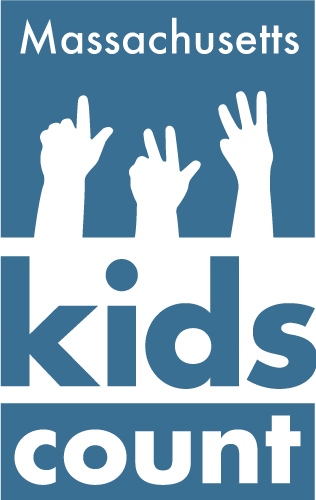
When state budget shortfalls hit, we should not balance the budget on the backs of kids living in Deep Poverty. The Governor enacted budget cuts of $375 million to the Fiscal Year 2024 budget, which ends at the end of June. Called “9C” cuts (a reference to the section of the law granting her this unilateral authority), the Governor’s cuts were in response to lower than anticipated revenue collection so far in FY 2024. Unfortunately, some of these cuts will directly affect the Commonwealth’s most vulnerable populations, a key example being a reduction in spending on cash assistance for low-income children and families.1
The 9C reduction will eliminate a planned 10 percent increase in the value of the Transitional Aid to Families with Dependent Children (TAFDC) cash grant authorized in the FY 2024 budget. This will hurt children living in the lowest-income households. Despite increases in recent years, the current cash grant is still not enough to bring families receiving the grants out of Deep Poverty, which is 50 percent of the Federal Poverty Line. The current maximum grant for a family of three is $783 per month,2 still far below the Deep Poverty level of $1,075 per month for a family of three.3 In fact, the maximum value of these grants is smaller now than it was in 1988, after adjusting for inflation.4 The 9C cut to TAFDC also has racial justice implications, as residents of color are overrepresented among kids or families receiving TAFDC compared to their share of the state’s population.5
We urge the administration to reconsider the $17.6 million combined reduction to TAFDC and Emergency Aid to the Elderly Disabled and Children (EAEDC) in FY 2024 and find ways to balance the budget that do not impact our lowest-income neighbors.
Endnotes
1 The administration has also reduced Emergency Aid to the Elderly Disabled and Children (EAEDC) by $4.4 million.
2 TAFDC Maximum Cash Grant Amounts by Family Size. Retrieved from: https://www.mass.gov/info-details/while-getting-tafdc#tafdc-benefits-
3 U.S. Department of Health and Human Services. Federal Poverty Guidelines, 2024. Retrieved from: https://aspe.hhs.gov/topics/poverty-economic-mobility/poverty-guidelines
4 The maximum cash assistance grant amount for a family of three was $539 in 1988, or about $1,300 in today’s dollars. Massachusetts Law Reform Institute testimony; Adjusted for inflation using the Bureau of Labor Statistics CPI-U calculator
5 Office of Family Assistance, U.S. Administration for Children and Families (2023, October 23). Characteristics and Financial Circumstances of TANF Recipients Fiscal Year (FY) 2022, Table 10. Retrieved from: https://www.acf.hhs.gov/sites/default/files/documents/ofa/fy2022_characteristics.pdf; 2022 5-Year American Community Survey, Table DP05





